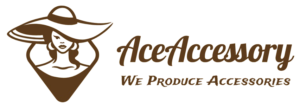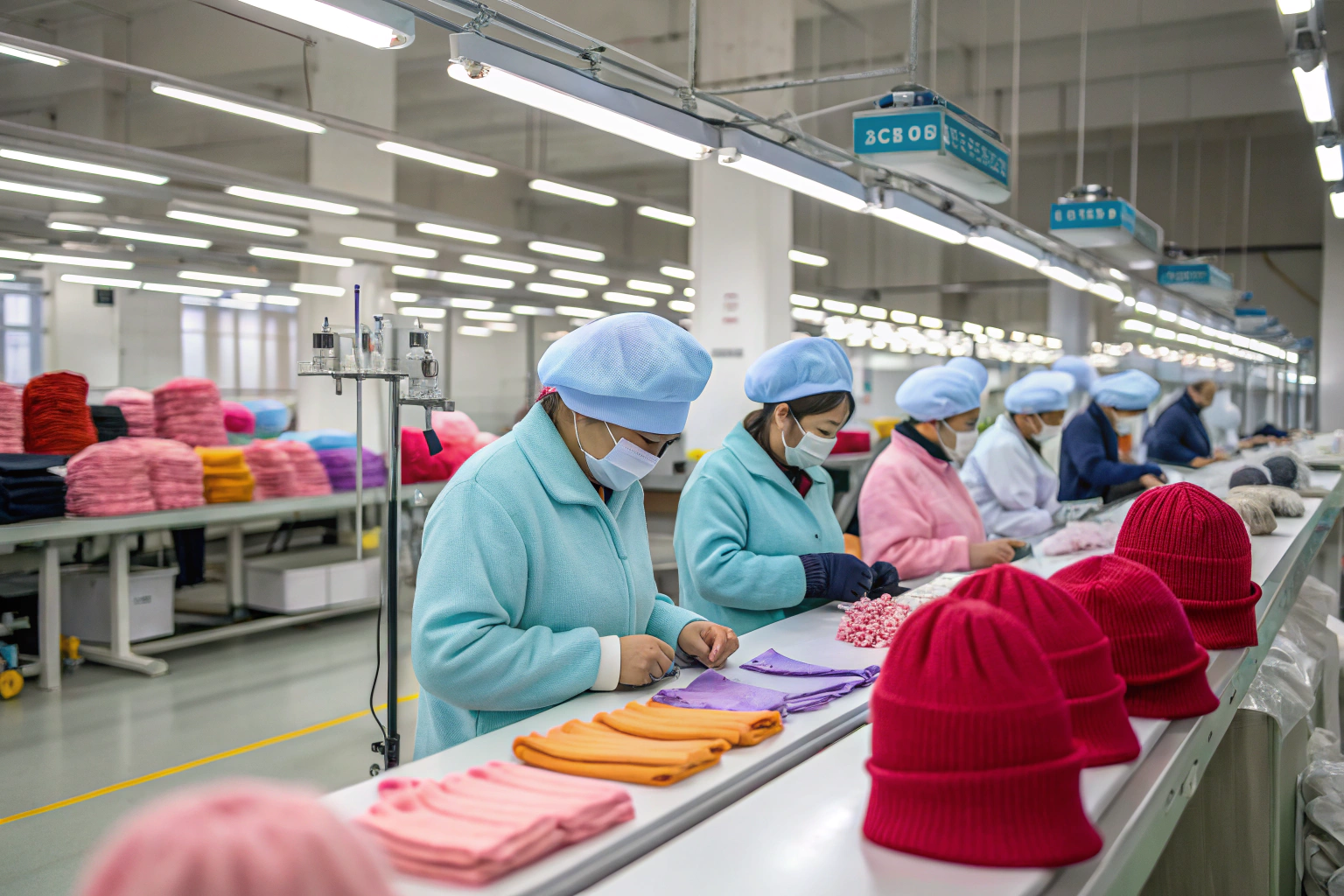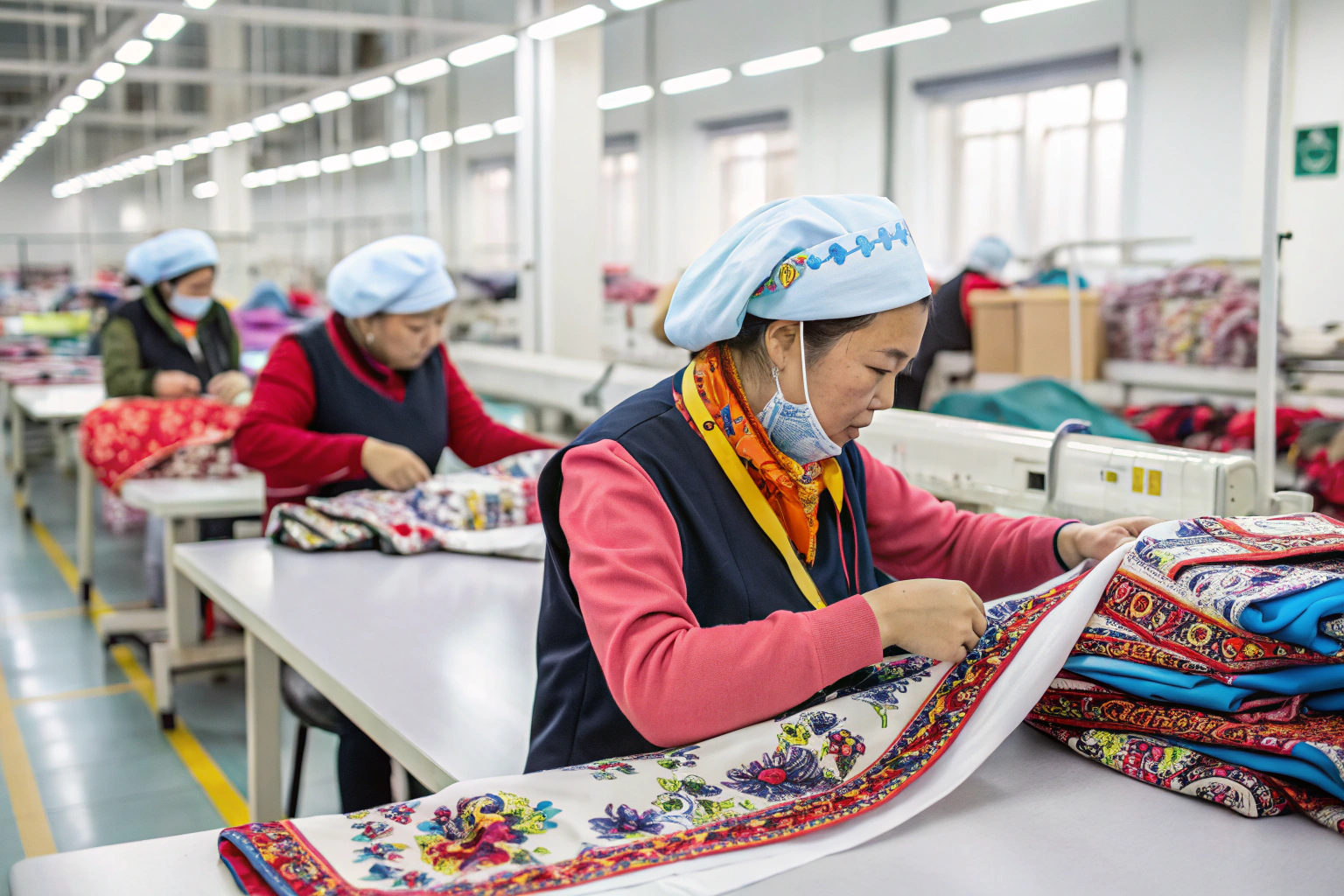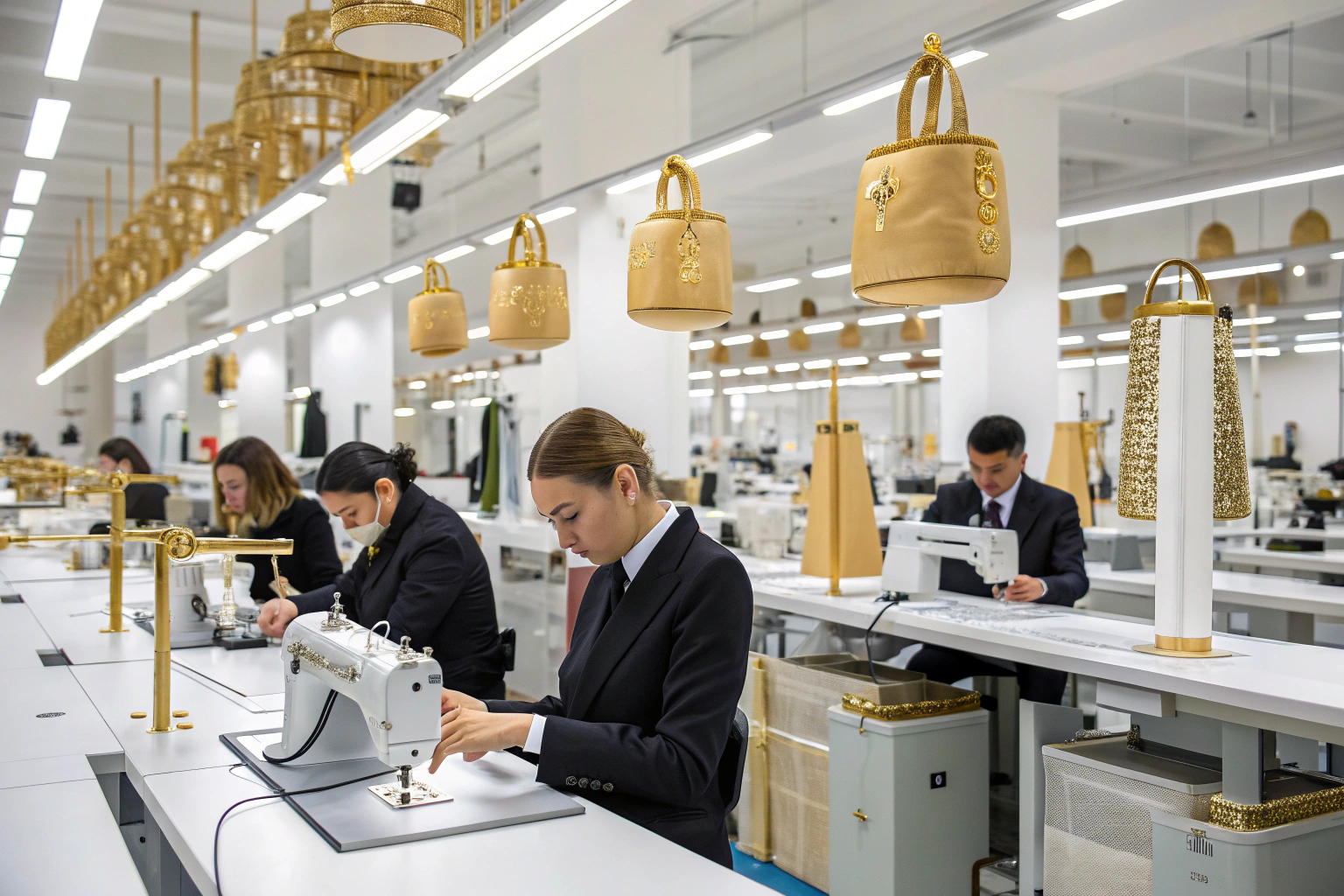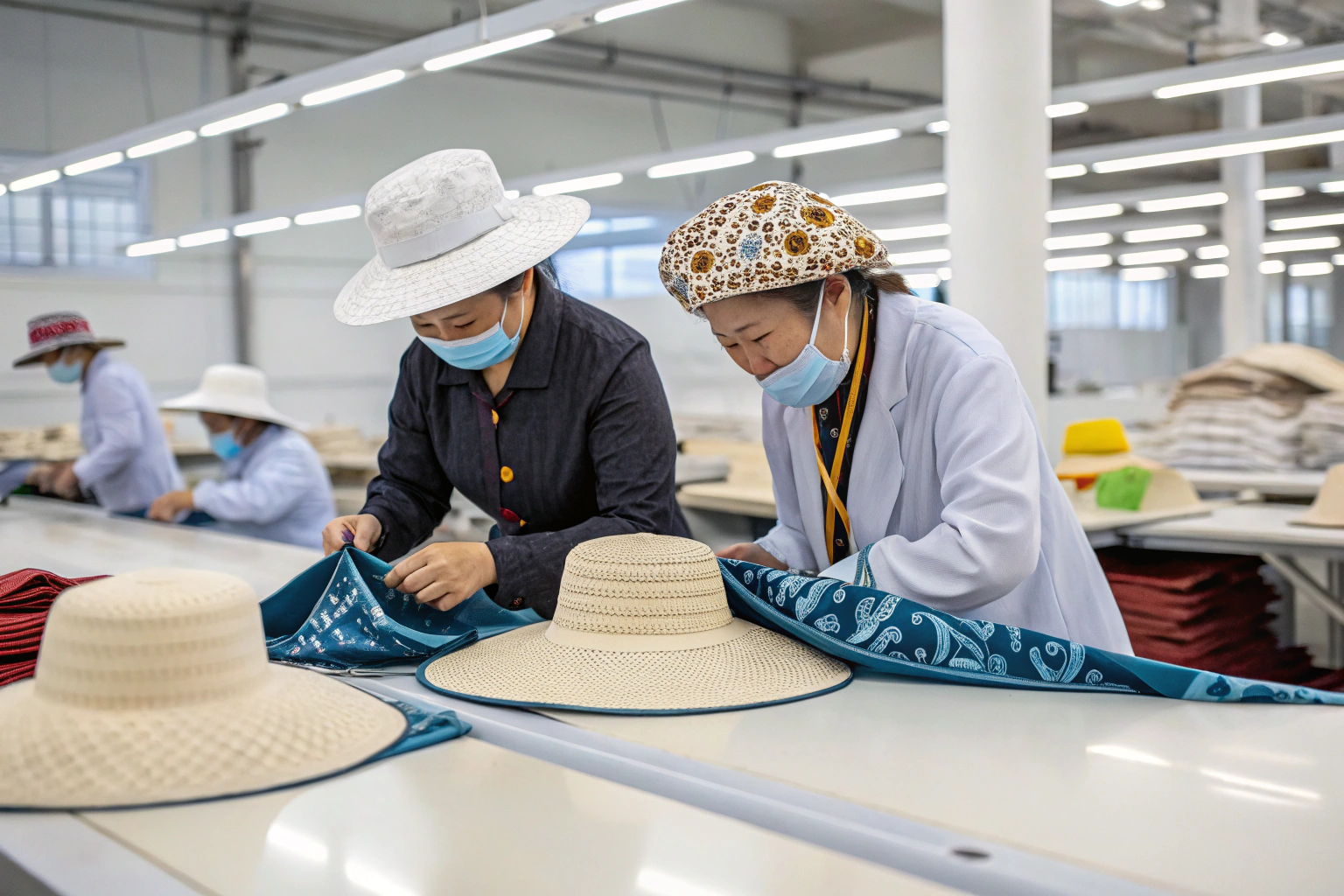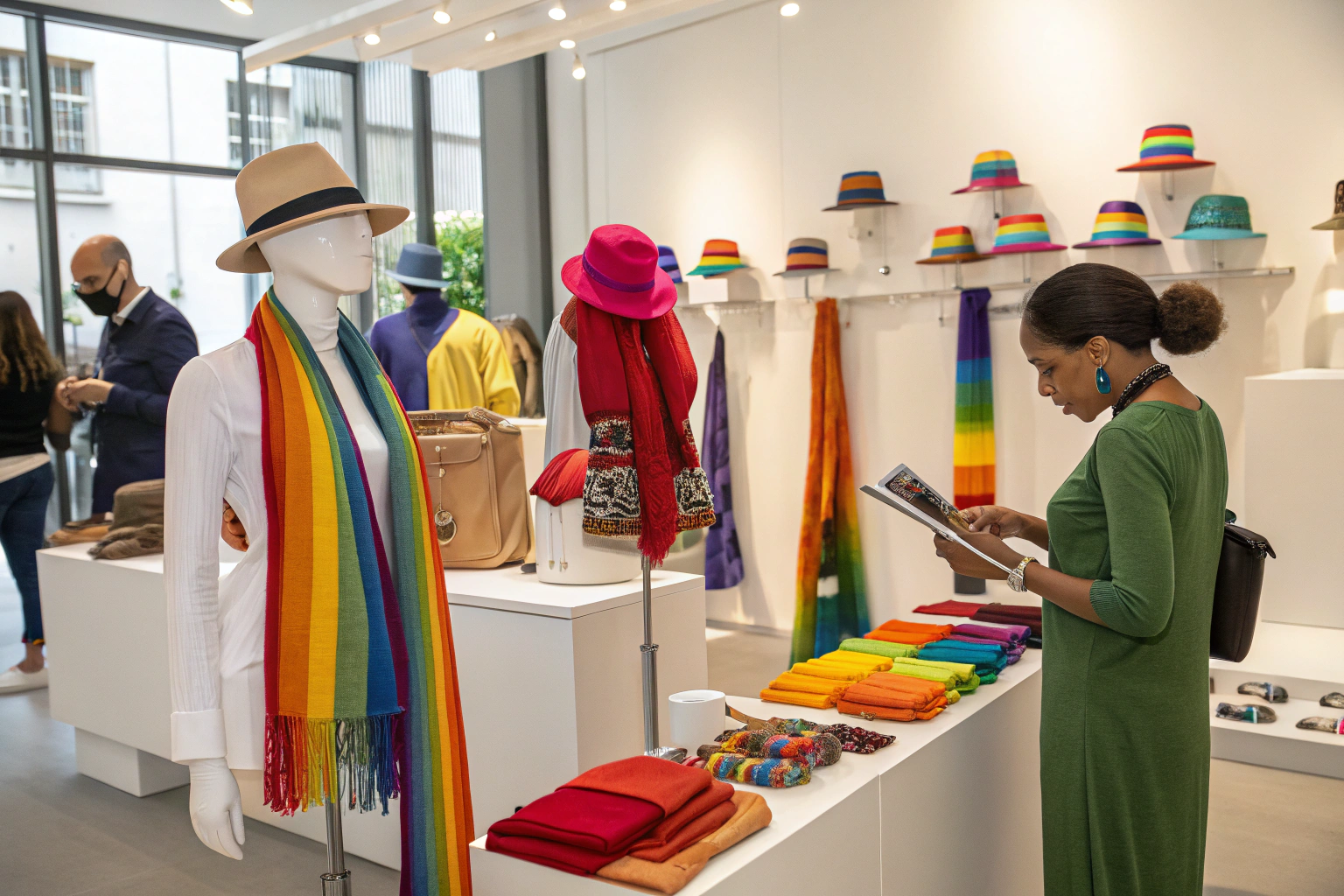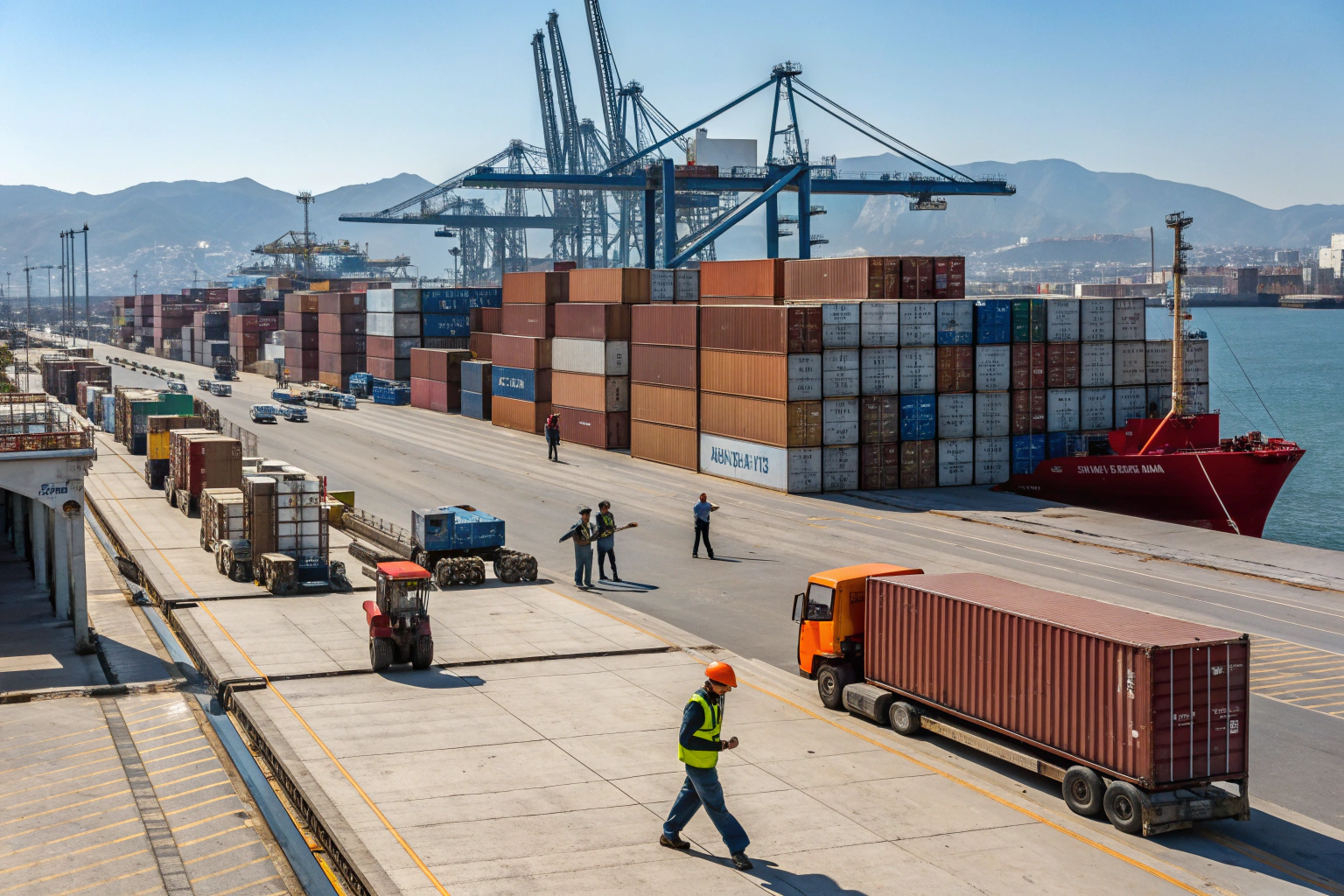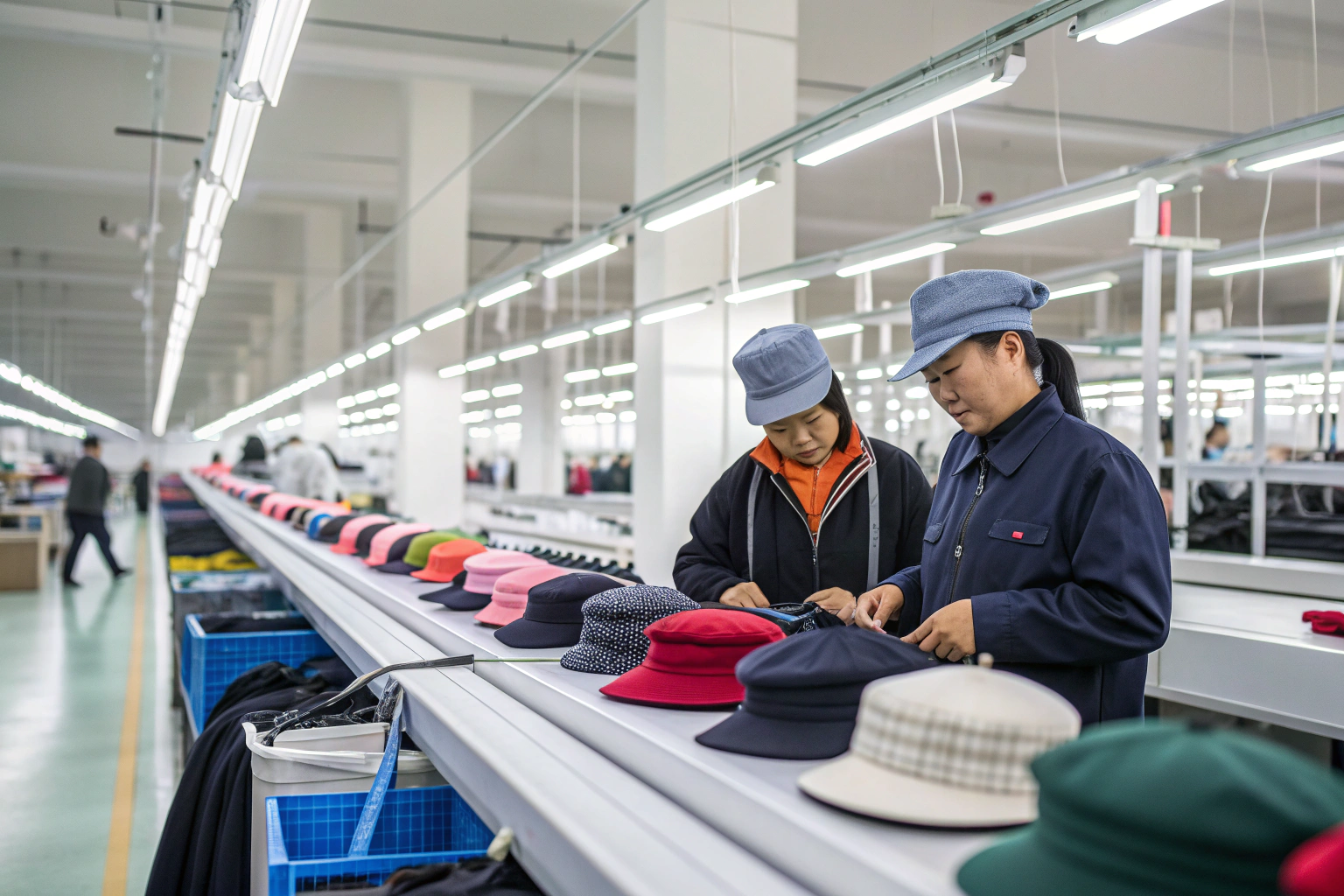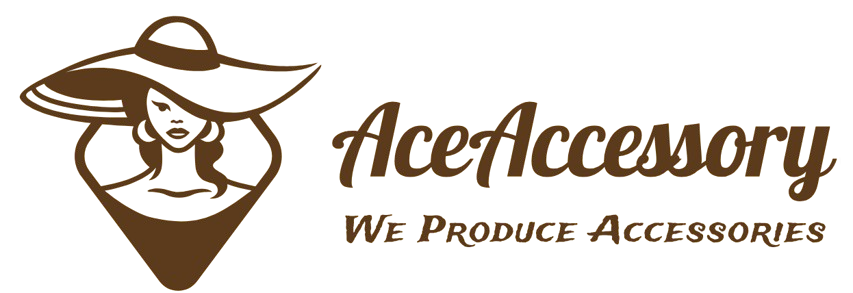Importing fashion accessories to the US used to be simple—until tariffs hit. Suddenly, costs increased, margins shrank, and sourcing decisions got a lot harder.
Some fashion accessories are exempt from US Section tariffs, particularly if classified under specific HTS codes, or excluded during trade negotiations. Hair accessories, certain hats, and lightweight scarves may qualify.
If you're shipping from China to the US, especially post–Section 301 tariffs, knowing what qualifies for exemption is critical. Many buyers have overpaid by using the wrong classification or working with uninformed suppliers. Let’s walk through the facts together.
Are there tariffs on clothing from the US?
There’s often confusion between clothing made in the US and imported clothing.
Yes, the US imposes tariffs on clothing imports, especially from countries like China. These duties can range from 5% to 32% depending on the product’s HTS classification and material.

How can knowing the right classification code help you avoid extra tariffs when importing garments?
As an accessories exporter working with major US retailers, I’ve seen firsthand how the wrong HS code can trigger unnecessary fees. For example, classifying a cotton headband under “knitwear” instead of “headwear” may bump duties from 7.5% to over 15%.
Understanding Harmonized Tariff Schedule (HTS) codes is key. Below is a sample of typical rates:
| Product Type | Common HTS Code | Base Tariff Rate | Risk of Section 301 Tariff |
|---|---|---|---|
| Knit Gloves | 6116.93.8800 | 10.0% | Medium |
| Plastic Hair Clip | 9615.11.3000 | 2.6% | Often Exempt |
| Cotton Scarf | 6214.40.1000 | 11.5% | High |
| Synthetic Belt | 6217.10.9530 | 5.3% | Low |
As part of our full-service support, we often assist our clients with code verification, especially for items on the edge of category definitions.
What common mistakes do importers make that lead to paying unnecessary tariffs on apparel?
One mistake is assuming that low-priced items have low tariffs. But tariffs are not tied to value—they’re based on material and use. A $0.50 accessory may have a 25% duty while a $2 item may be exempt.
We help importers double-check every code. It saves money—and prevents audit headaches.
What are some products that have tariffs restricting their trade?
Fashion isn’t just fabric and style—it’s also policy and paperwork. Many items are targeted by tariffs due to global trade tensions.
Products like polyester garments, cotton knitwear, and synthetic bags often face high US tariffs. Section 301 tariffs especially impact Chinese-made items in these categories.

Why are some accessories more affected by tariffs than others, and how can buyers protect their supply chain?
Tariffs are politically motivated. Items heavily produced in China or seen as strategically competitive may be targeted. Here’s how common fashion items are affected:
| Item | Section 301 Tariff Status | Total Import Duty (Est.) |
|---|---|---|
| Straw Hat | Often Exempt | 4–6% |
| Cotton Shirt | Subject to Tariff | 25–30% |
| PU Belt | Depends on Code | 5–10% |
| Nylon Scarf | Often Included | 12–18% |
| Plastic Hair Band | Exempt or Minimal | 2–5% |
I recall one US brand that shifted their sourcing from synthetic bags to hats and hair clips after reviewing tariff exposure. They slashed costs by 20% without changing suppliers.
What strategies can you use to maintain price stability despite sudden tariff changes?
We encourage clients to diversify SKUs with items in exempt categories like:
- Hair accessories (plastic or rubber-based)
- Unstructured fabric hats
- Simple belts without metal parts
We also work with brokers to request binding rulings from CBP (Customs and Border Protection). These legal documents confirm classification and tariff rate in advance—giving buyers peace of mind.
Is there import tax on apparel in the US?
The short answer? Yes. But the specifics depend on what, where, and how you import.
Almost all apparel imported into the US is subject to some form of tax or tariff. Rates vary by material, product type, and country of origin.
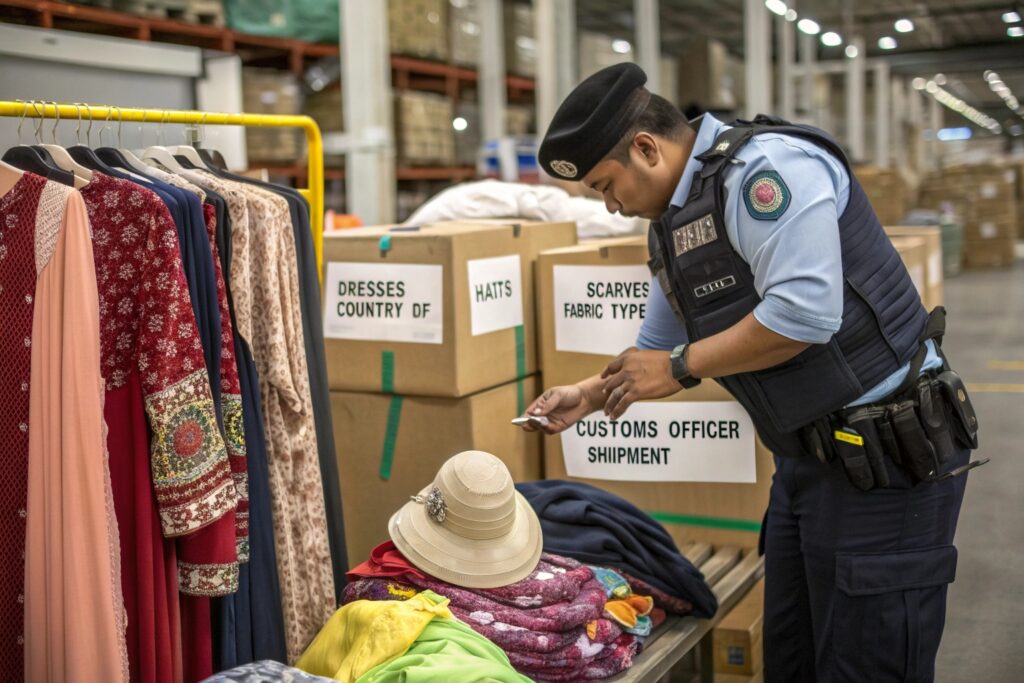
How can importers lower the tax burden when bringing in fashion items from China?
There are two main strategies: (1) reclassify based on technical specs, and (2) apply for tariff exclusions or use Free Trade Agreements (when sourcing from other countries).
We’ve helped clients:
- Redesign belts using less dutiable materials
- Bundle accessories in sets for lower per-unit rates
- Shift some production to Vietnam or Bangladesh
Here’s how different apparel materials affect tax rate:
| Material | Average Import Duty | Section 301 Risk |
|---|---|---|
| Cotton | 12–18% | High |
| Synthetic Fiber | 15–32% | High |
| Leather | 3–9% | Low |
| Plastic | 0–5% | Often Exempt |
Apparel is especially vulnerable to trade policy changes. Working with factories that understand compliance reduces the chance of overpaying or getting stuck at customs.
How can small brands importing apparel stay compliant and competitive?
Smaller buyers often rely on DDP services from us—where we handle everything from HS classification to duties, shipping, and last-mile delivery. It removes guesswork and prevents price shocks when goods arrive.
We also keep clients updated on CBP policy shifts, so they don’t get caught off guard.
Will clothing be affected by tariffs?
Many buyers worry about sudden policy changes that make their orders more expensive overnight.
Yes, clothing—especially from China—is often affected by US tariffs, including Section 301 duties. Some exclusions exist, but most apparel is taxed unless sourced under a Free Trade Agreement.

What future risks should fashion buyers prepare for regarding new or extended tariffs?
The Section 301 tariffs have gone through multiple updates. Exemptions expire, and new lists appear. Political decisions—like elections or trade negotiations—can change duty rates in months.
We monitor updates and help our clients:
- Avoid overexposed categories
- Negotiate better incoterms
- Forecast tariff-related price shifts
Fashion is cyclical—but tariffs are unpredictable. Here’s a timeline of recent key changes:
| Year | Tariff Update | Effect on Clothing Importers |
|---|---|---|
| 2018 | Section 301 Tariffs Begin | Apparel imports from China hit |
| 2020 | COVID exemptions applied | Relief for PPE, limited for apparel |
| 2022 | Some exclusions expire | Duties resume on most items |
| 2024 | New exclusions considered | Accessories like hats, clips spared |
Which clothing categories are least likely to face future tariffs?
Non-structured, low-tech items like basic scarves, hair accessories, and some types of hats remain less targeted. Why?
- They're seen as low strategic value
- They’re widely produced outside China
- They involve simpler materials
At AceAccessory, we help clients identify and focus on “safe” SKUs when planning seasonal purchases.
Conclusion
Understanding tariff exemptions is a strategic advantage in fashion imports. Smart sourcing, correct classification, and factory support can help you stay compliant and cost-effective.
